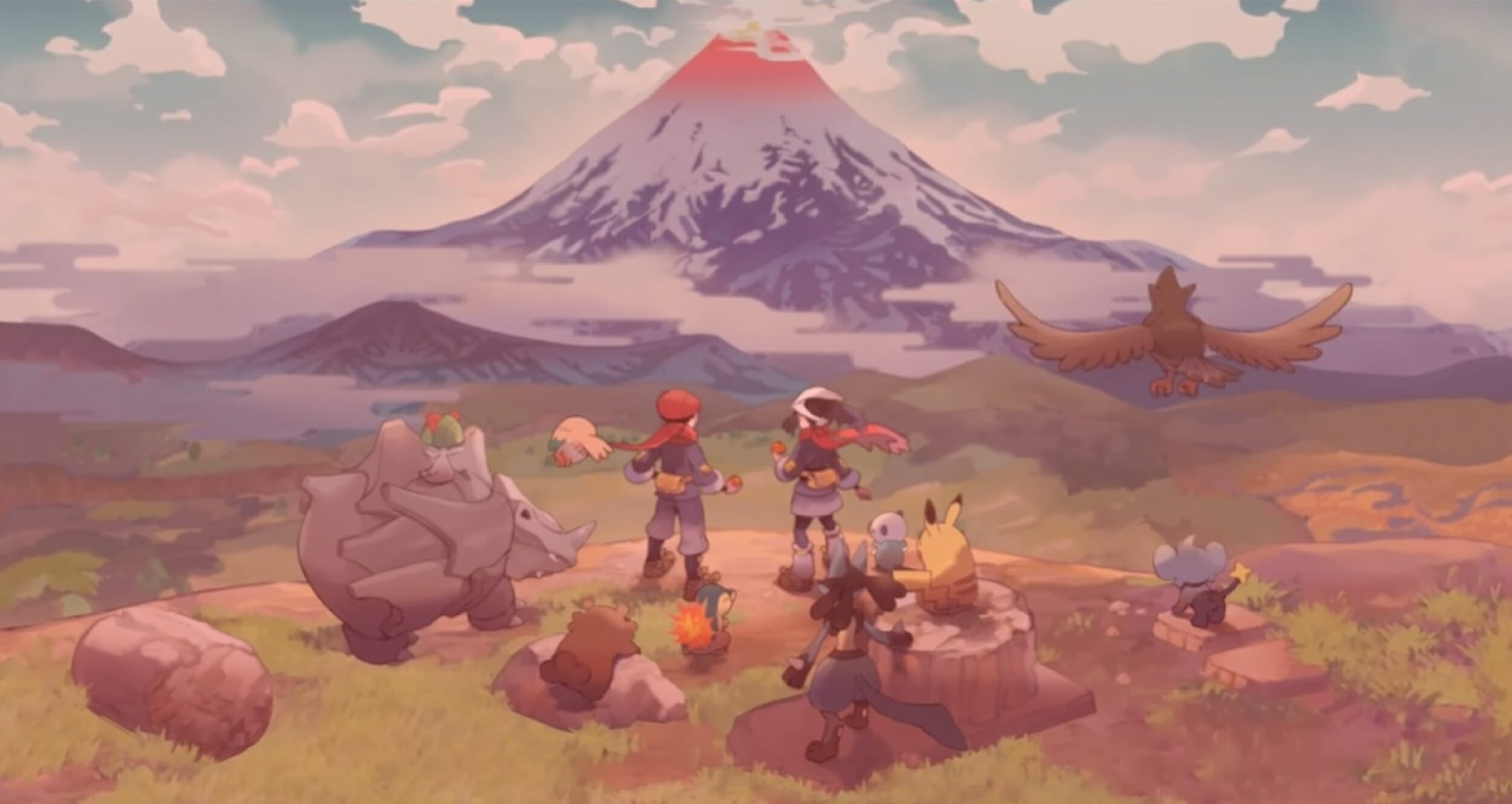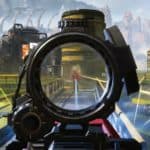Pokémon Legends: Arceus is the latest entry in the long-running franchise. This time, however, the title aims to reinvent the core gameplay of catching, battling, and exploring with Pokémon. Set in a feudal version of the Sinnoh region, the game tasks gamers with creating the first ever Pokédex by means of surveying and researching the wild Pokémon roaming the vast and varied landscapes. Along the way, a variety of secrets concerning the mythical Pokémon Arceus and its connection to the land and its people, are revealed.
As soon as the game begins, it is clear Pokémon Legends: Arceus is attempting to be a bold and ambitious experiment when compared to titles of the past. In this way, the title succeeds in many ways, but also falls short in quite a few others. The game is obviously trying to break free from the formulaic and linear structure of previous Pokémon entries, and instead offers a more open-ended and dynamic experience allowing gamers to interact with Pokémon in new and somewhat exciting ways. Alas, there are some severe technical issues, graphical limitations, and uneven pacing preventing it from reaching its full potential.
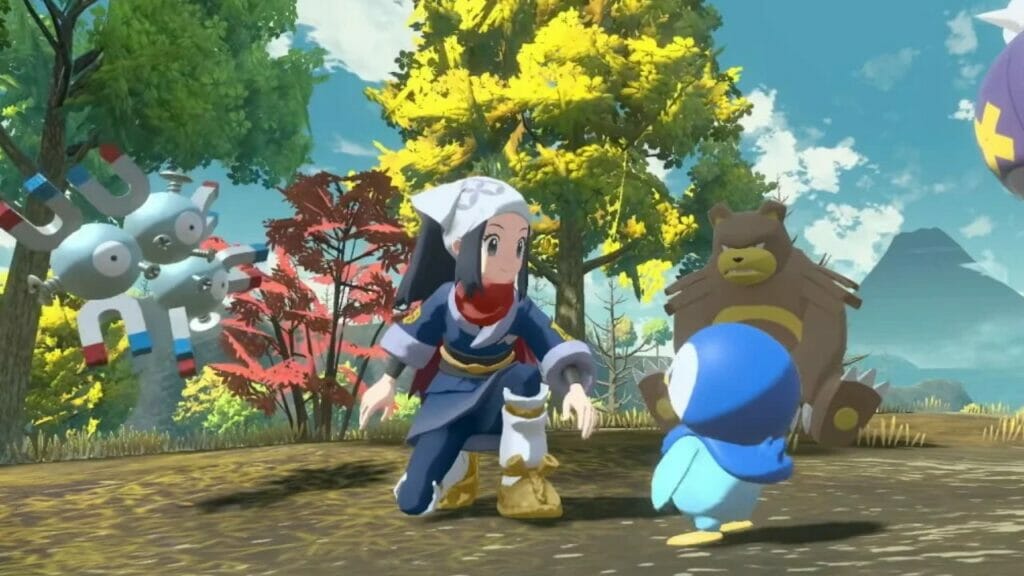
One of the most noticeable changes in Pokémon Legends: Arceus is the way in which gamers must catch Pokémon. Instead of randomly encountering them in tall grass or caves, this time around the adorable pocket monsters can be seen roaming freely in the over world, each with their own behaviours and personalities. Consequently, gamers must approach them in different ways, such as throwing a Poké Ball, sending out their own Pokémon to battle, or using items like berries or mud balls to distract or stun them. Some Pokémon will flee from these intrusions, whilst others might attack on sight, forcing players to dodge or take damage. It is quite a departure for the series, but a welcome one.
This new system adds a lot of variety and strategy to catching Pokémon, as players must now consider factors like distance, timing, angle, and stealth in order to fill their Pokedex. Perhaps the best part of this change, is how it makes the world feel more alive and immersive – to an extent – when compared to games of old. In this way, gamers have the option of watching how Pokémon interact with each other and their environment before making a move or backing away.
Alas, this novelty wears off fairly quickly. Especially after realising how the Pokémon are somewhat ‘lifeless’, without real personality or interest beyond either attacking or scurrying away in fear when approached. Further compounding this notion is the disappointing revelation of how the game completely misses the mark at introducing some Pokemon Snap styled ‘wow factor’. The end result is a rather bland over world, despite the seemingly wonderful addition of ‘seeing’ Pokémon and capturing them the way Ash does in the anime. Perhaps a small saving grace is how players can ride some of their Pokémon to traverse the world faster or access new areas. These changes offer a taste of how great Pokémon could be, and will hopefully lead to a far more fulfilling buffet in future titles.
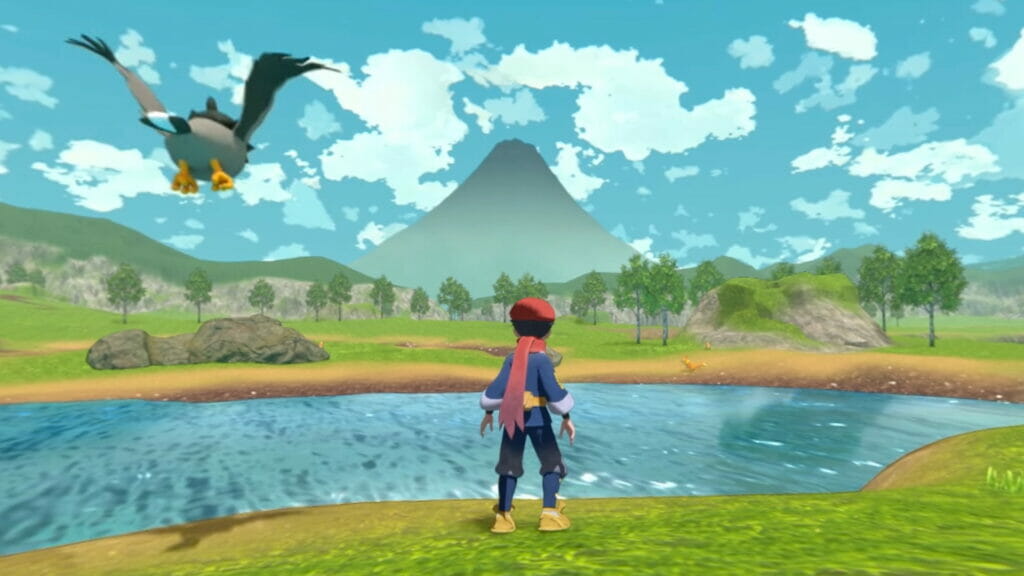
Another major change in Pokémon Legends: Arceus is how battles take place. Although the game still uses the familiar turn-based combat system, this time around battles are a seamless experience and are initiated by throwing Poké Balls near wild Pokémon. It all happens rather smoothly, without any loading screens or transitions. Once again giving gamers the ‘feeling’ of being more like a ‘real’ Pokémon trainer than ever before. Another new change is how battles are now governed by an action order system showing when each Pokémon can act, depending on their speed and move type. This adds a layer of strategy and unpredictability to battles, as players must now plan ahead and adapt to changing situations.
The game also introduces new types of moves called Agile Style and Strong Style. Agile Style moves are faster, but weaker; while Strong Style moves are slower, but stronger. Using these moves can affect action order and stats, adding a little more depth and complexity to battles. All of these changes are quite good, and showcase how Game Freak are, albeit very slowly, acclimating gamers to new ways and styles of play.
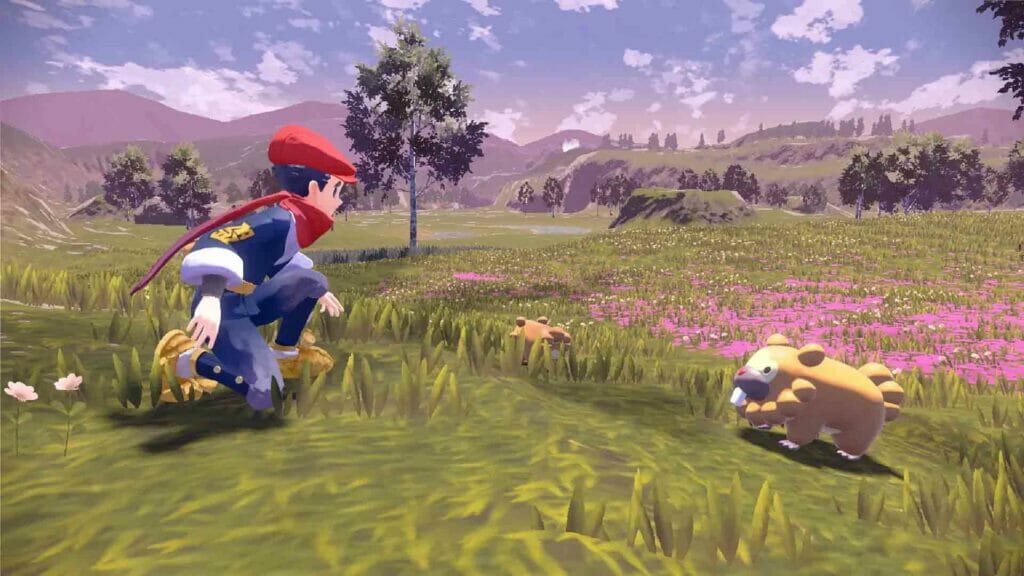
As is the case with modern versions of Pokémon, the game features new regional forms of existing Pokémon, such as Hisuian Growlithe and Braviary, as well as new evolutions like Wyrdeer and Basculegion. These new forms and evolutions have unique designs and abilities reflecting the culture and ecology of Hisui – perhaps one of the best aspects of this interesting new game.
Pokémon Legends: Arceus takes place in Hisui, an ancient version of Sinnoh before it was modernised. Hisui is divided into five main areas: Jubilife Village, Obsidian Fieldlands, Flowery Meadowlands, Frostpoint Tundra, and Cragspur Volcaniclands. Each area has its own climate, terrain, flora, fauna, and landmarks; making them distinct and memorable. Players can explore these areas at their own pace, completing quests for the locals or finding hidden items and secrets (of which there are quite a few).
Exploring Hisui is easily one of the most enjoyable aspects of Pokémon Legends: Arceus. It gives gamers a sense of freedom and discovery absent from previous Pokémon games. In this sense, gamers can go wherever they want, whenever they want, without any artificial barriers or restrictions. Further complementing the openness of the world is how players can also encounter different events and scenarios depending on the time of day, weather conditions, or story progression. For example, witnessing a meteor shower at night, encountering a blizzard during winter, or triggering a legendary encounter after completing certain tasks; all adds to the believability of the world at large.
Further solidifying Hisui as one of the most memorable settings for a Pokémon title is the time period in which it is set. The game wonderfully captures moments in time before Pokémon became household names through modern technology, like Poké Balls. In so doing, the game is immediately unique, offering insight into how people lived with Pokémon before eventually merging closely with society. Therefore, being set in a time long before ‘modern Pokémon‘ adds an immediate fascination to the title, which is explored somewhat during the narrative (especially for fans of Pokémon Pearl and Diamond), but not nearly enough to satisfy long time fans of the title.
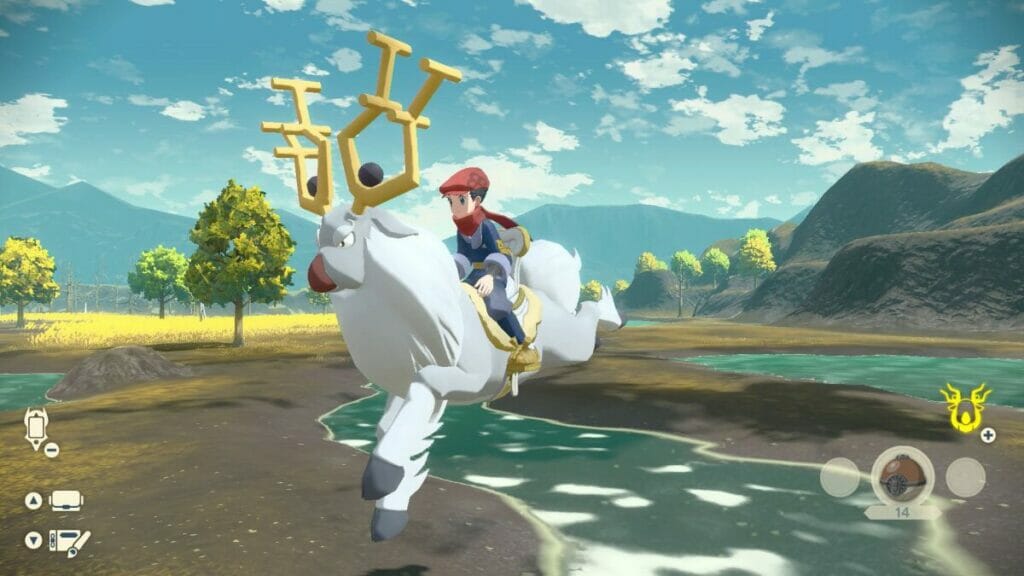
Unfortunately, not everything is rosy in Pokémon Legends: Arceus. At the time of publication, the game suffers from various technical issues hampering its performance and presentation. The most noticeable of which is the low frame rate – often dropping below 30 FPS, especially when there are many Pokémon or effects on screen. This makes the game feel sluggish and choppy at times, affecting both gameplay and visuals.
Another issue is the poor draw distance and pop-in plaguing the game’s graphics. There are moments when the game engine simply fails to render objects and Pokémon until the players are very close to them, making the world look empty and bland. This also affects gameplay, as gamers might miss out on some Pokémon or items hidden by the lack of being drawn in, the fog, and sometimes, the low resolution. In addition to the poor performance, the game also has several glitches and bugs, such as clipping, freezing, or crashing; all of which tarnish the overall experience.
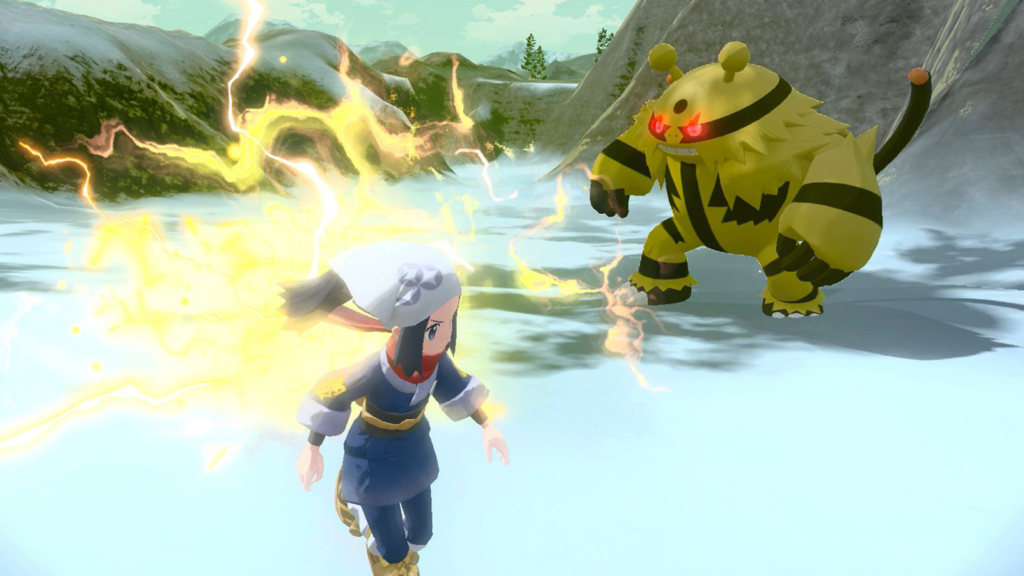
Pokémon Legends: Arceus tries to do a lot of things differently, and for the most part, it succeeds. It offers a fresh and innovative take on the Pokémon formula, delivering a more open and dynamic experience; something fans have been craving for years. It takes what players adore of the older games and revolutionises them for modern audiences, allowing gamers to catch, battle, and explore with Pokémon in new and exciting ways. The end result is a more immersive and engaging world, even if somewhat bland. It is clear where Game Freak is hoping to take the franchise, as there is a lot of potential and promise on show. Despite not being a perfect game, Pokémon Legends: Arceus is a worthwhile experiment and experience, where the ambition and innovation on offer are welcome, but let down by the execution and over all quality. Even so, Pokémon fans who temper their expectations will find a game worthy of their time.
Verdict:
GOOD
| PROS | CONS |
| Incredible setting | Performance issues and bugs |
| Fresh gameplay | Unfortunately bland over world |
| Wonderful taste of the future of Pokémon |
Title reviewed on Nintendo Switch with code supplied by Nintendo.
Review Methodology | Ethics Policy
Owner, founder and editor-in-chief at Vamers, Hans has a vested interest in geek culture and the interactive entertainment industry. With a Masters degree in Communications and Ludology, he is well read and versed in matters relating to video games and communication media, among many other topics of interest.

